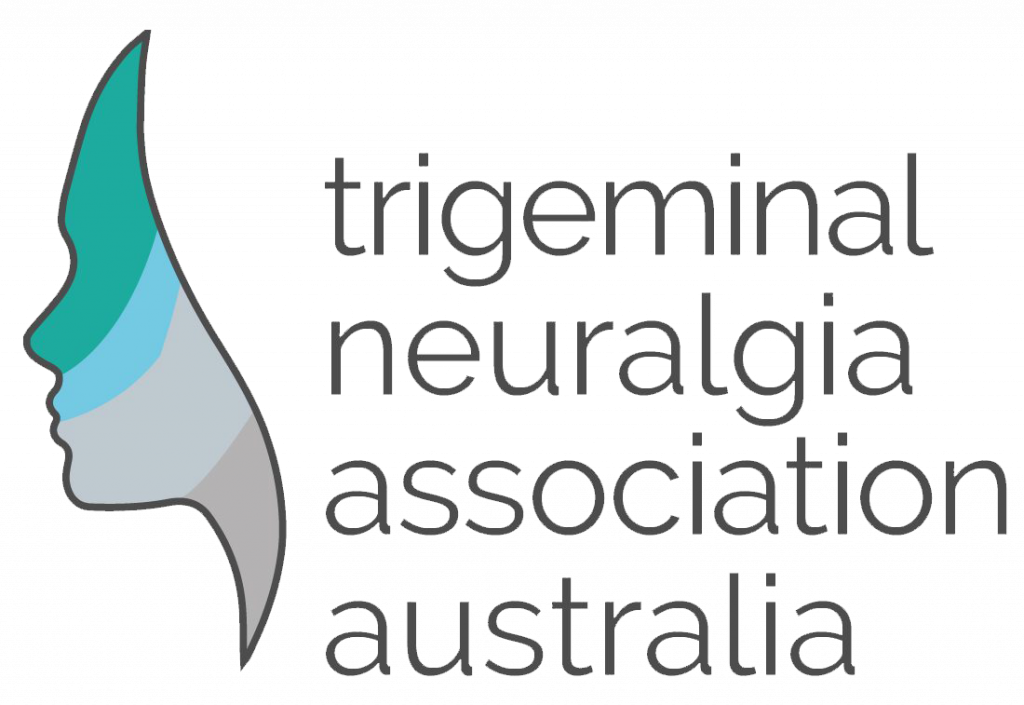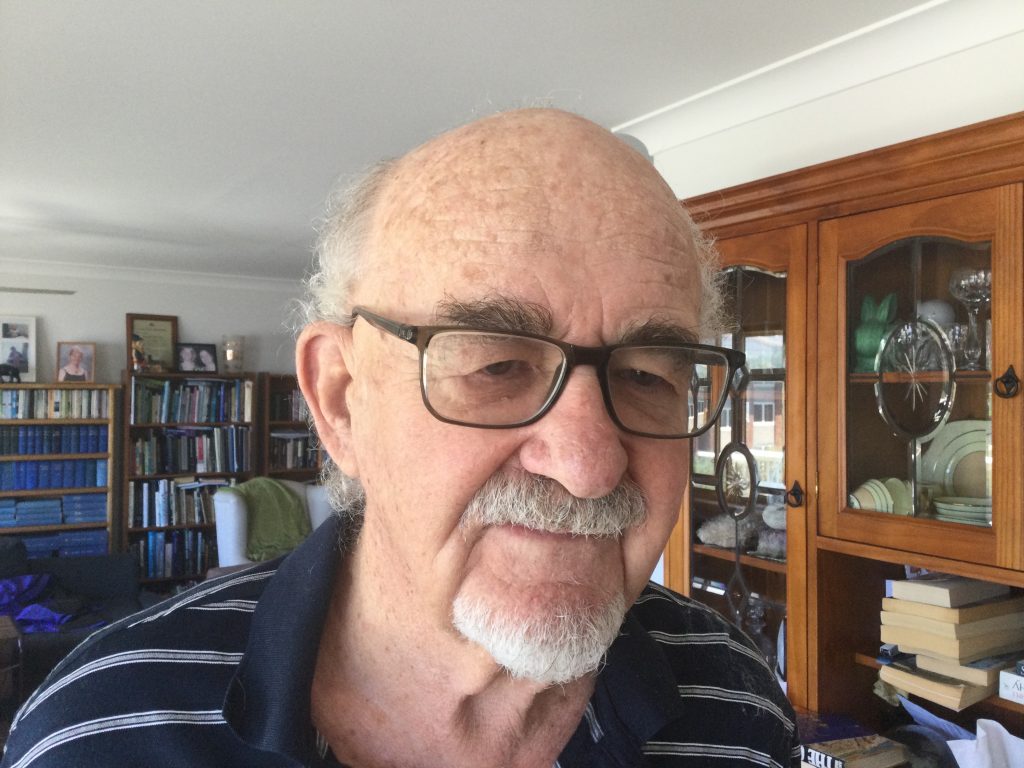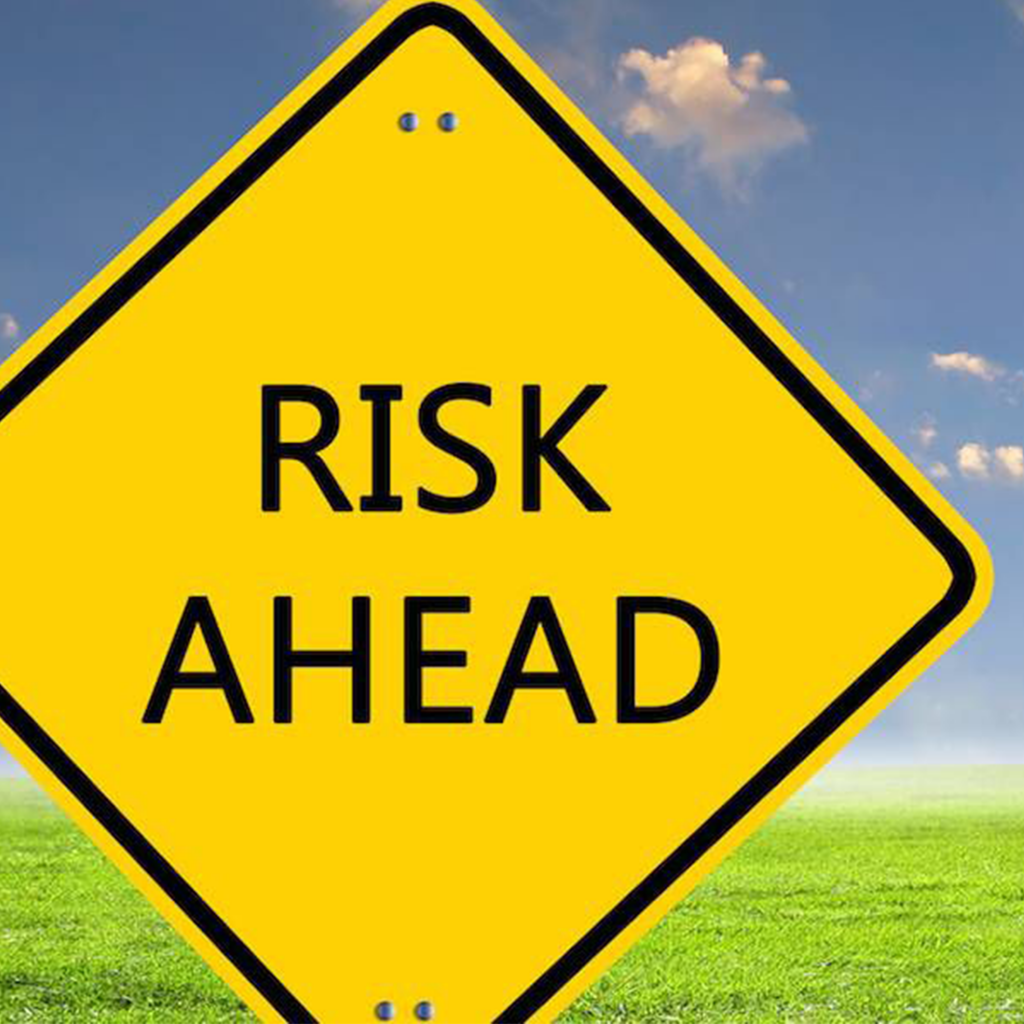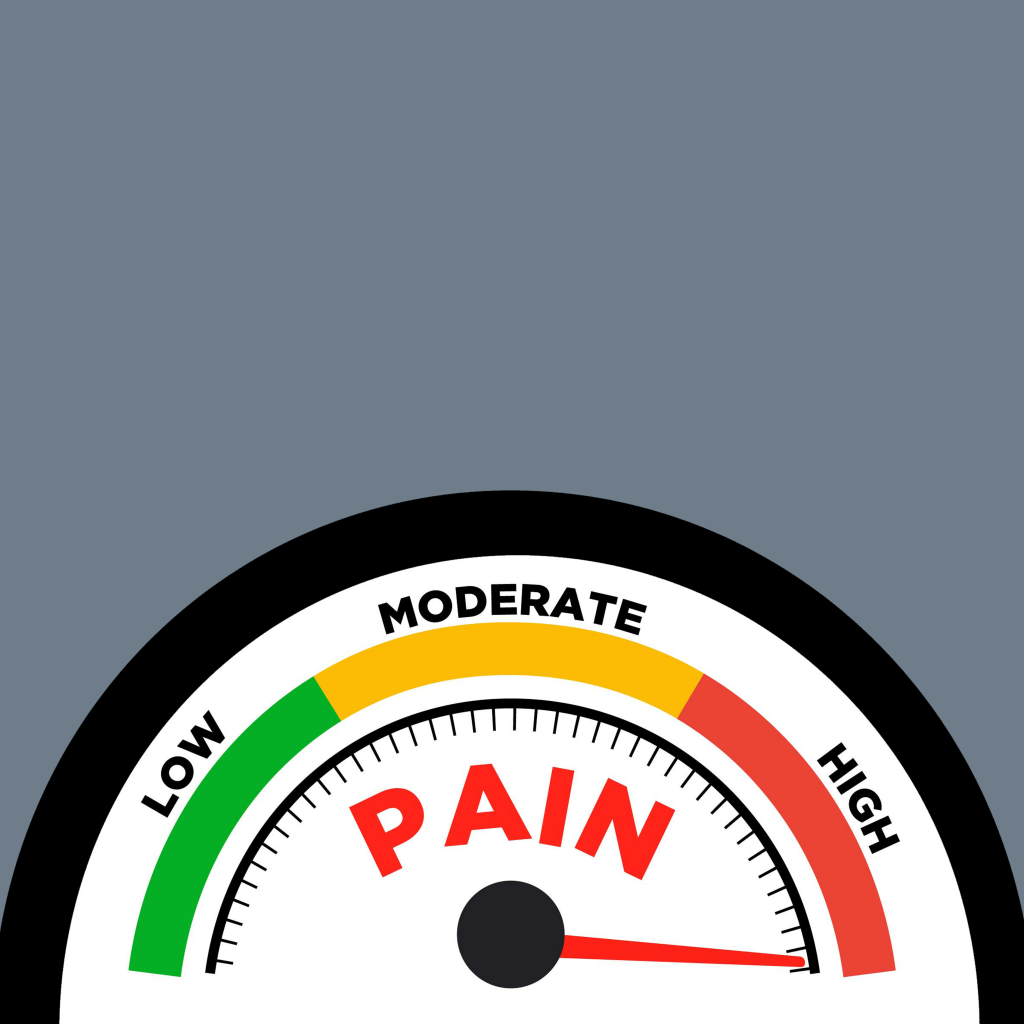Whole Person Pain – Empowered Relief
The Association recently were provided details from Stamford University of the presentation by Dr. Beth Darnall, PhD – Associate Professor, Department of Anesthesiology, Perioperative and Pain Medicine A video recording…








